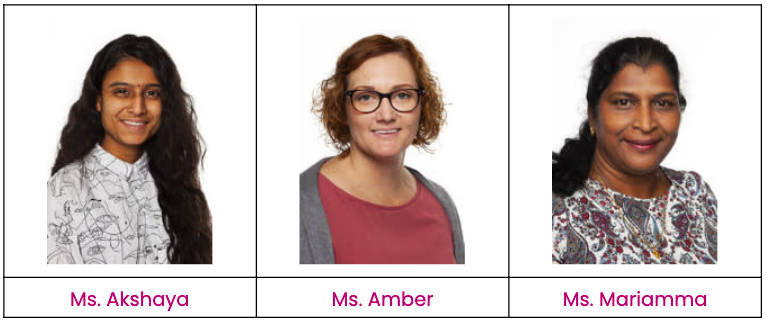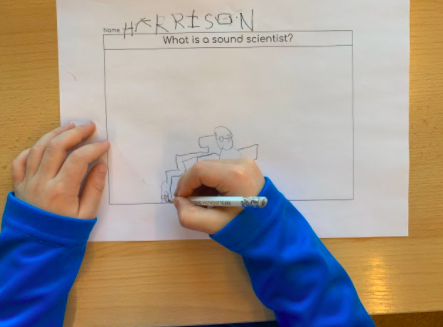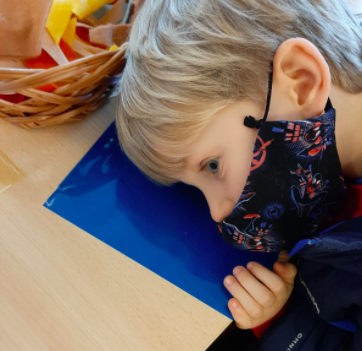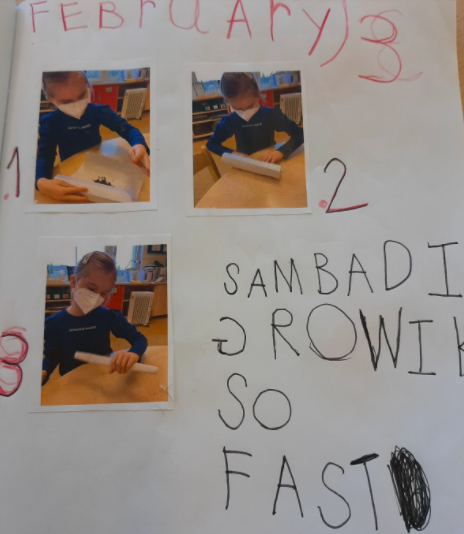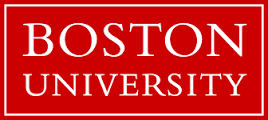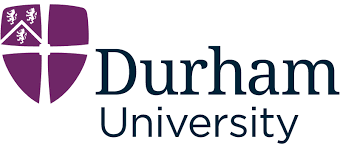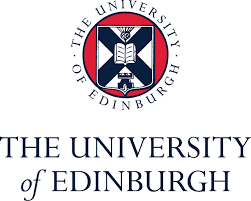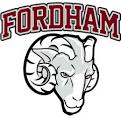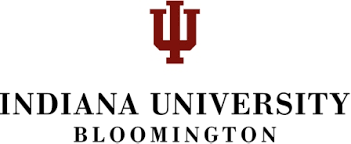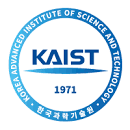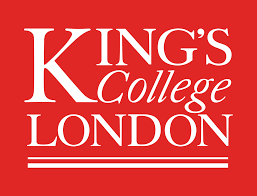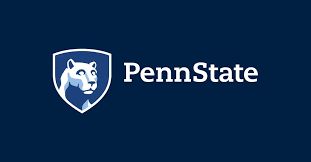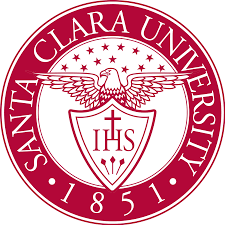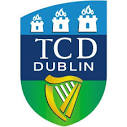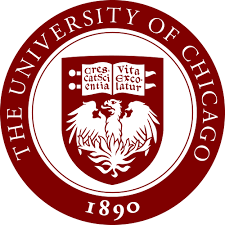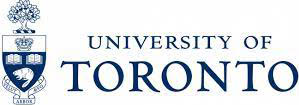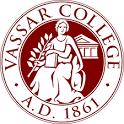
Our most recent project in ECF5 introduces the children to the scientific process. We start with the question “what is a scientist?” This year the children said, “Scientists invent, work hard, look closely, see what works, find new things, search the world, travel, study caves, study volcanoes and look under grass.” Our hope this year was to learn about the scientific process through deepening our understanding of sound. The next question we posed was “what is a sound scientist?” Here are some of the responses.
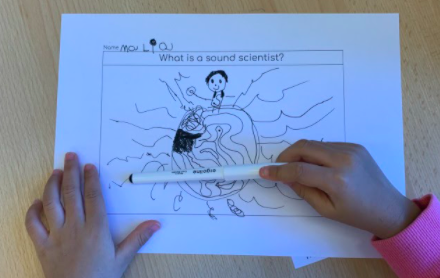
”Sound scientists can hear everything around the world.” – Malia 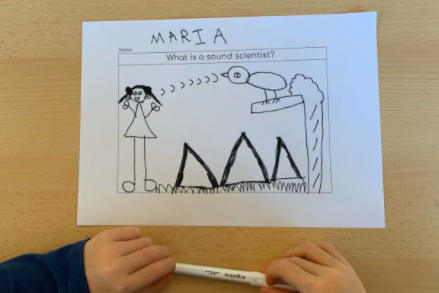
“He is hearing a bird singing.” -Maria
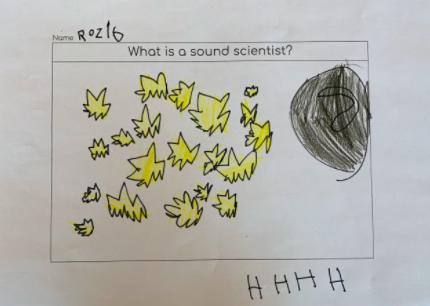
“Stars make sound. This is the star and he is laughing. The star is playing tag again, again, again. He said, “Ha, ha, ha!” This is the moon, he is sitting.” -Rozalie 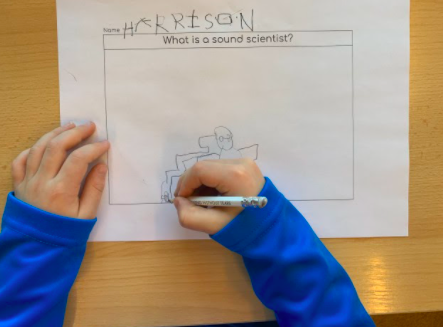
“This is a sound scientist. He has a metal pipe and he is using it to hear the bug.” Harrison
“Is your scientist wearing glasses?” Ms. Akshaya
“Yes, a lot of scientists wear glasses.” Harrison
Exploring, discovering, predicting and making connections
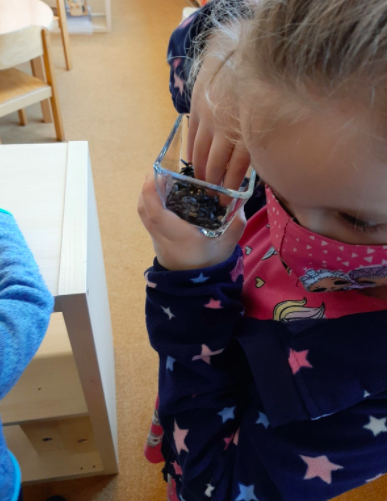
We brought in materials with which the children were familiar. Children used these familiar materials in our most recent project, the community, to create and build. They were invited to think, “how would a sound scientist use these materials?”
Manipulating the materials we made available, students were encouraged to make a hypothesis or a prediction “what do you think this will sound like?.” These young scientists learnt to make a prediction, test the hypothesis and reach a conclusion.
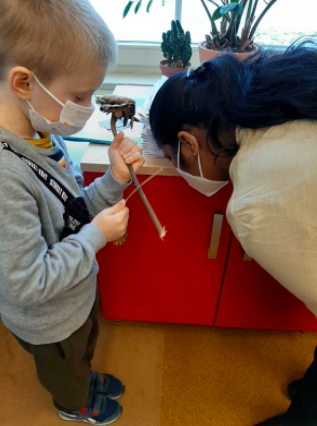
We noticed that children started making connections to sounds they hear in their life “This sounds like water, like in the sink” one student would exclaim. “This sounds like eating an apple, like you will munch munch,” another chimed in. They combined different materials to make different sounds and made a series of sound discoveries.
Recording findings and discoveries is a big part of being a scientist, so the children were encouraged to record their observations and experiments in their research journal. The children used drawings and photographs to document in their journals, noting the materials used, how they used those materials and what sounds were produced from these materials.
Recording findings and discoveries is a big part of being a scientist, so the children were encouraged to record their observations and experiments in their research journal. The children used drawings and photographs to document in their journals, noting the materials used, how they used those materials and what sounds were produced from these materials.
Wrapping up back on campus
Once we returned to campus after our month on zoom, our scientific discoveries felt disconnected. No longer were we making discoveries together or around each other. One way to share our discoveries was from our journals in small groups. As they shared, the children were beginning to make connections. “Hey I also have a popcorn popping sound” or “look at my waterfall sound, it is the same material as your water sound.” As these discussions were encouraged the children began to make categories, connections, and wondered, “How could we share our collection?” and “where do we see collections?”
“The atelier has a rock collection, ” mentioned Alex
“We have a plant collection in the garden outside with labels,” shared Fe
“I have a collection of teddy bears in my house,” Rozalie said.
“We have a collection of different books in the classroom in different baskets,” -Tanish reminded us.
And building on that Amit said, “The library also has a collection of books”
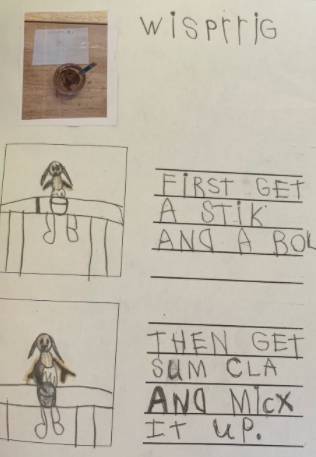
With this the idea of making a “sound library” was born. We visited the big library and the little library as researchers to see how they were organised. “We need labels and stickers and shelves and more labels” was the decision we reached.
Back in the classroom we got busy making labels, categorizing and finding the perfect way to organise our sounds.
Just when we thought we were done there was one last problem. People visiting did not know how to use our “sound library.” Connecting to their prior learning and literacy experiences with writing “how to books” and reading non-fiction texts, the students used this knowledge and made instructional pages on how to make the different sounds. These instructions were also categorised and compiled into books.
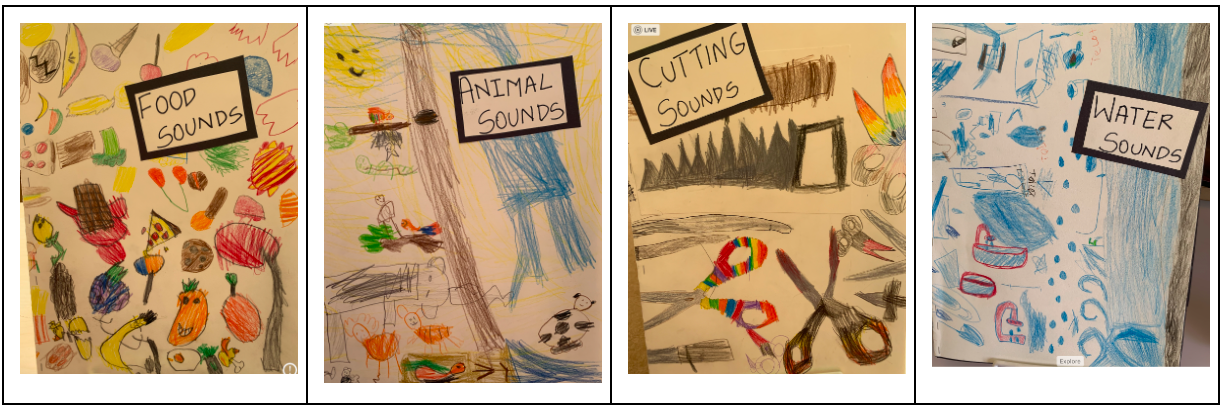
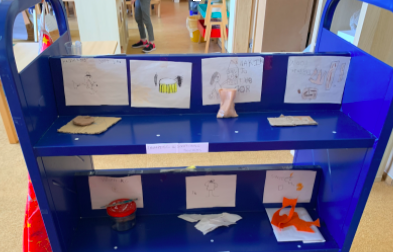
Our sound library has a set of 7 books – Food sounds, water sounds, thumping and scratching sounds, quiet sounds, nature sounds, animal sounds and cutting sounds.
The ECF 5 students wanted everyone to interact with their sound library so we have moved their “library of sound” into the school library. Please listen to the ECF sound scientist journey in this video recorded earlier this week. We hope you enjoy exploring the ECF5 world of sound now at the Innovation Hub.
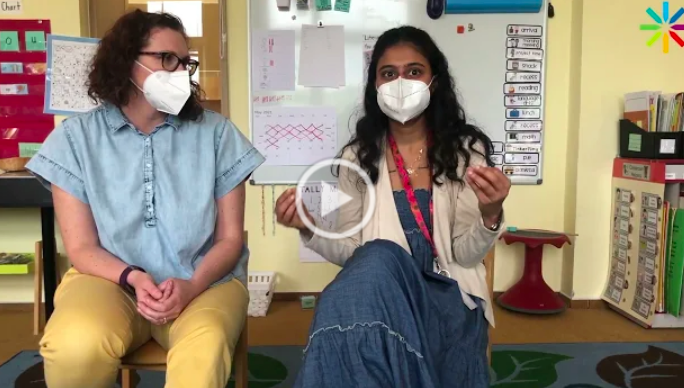
ECF Teaching Team
